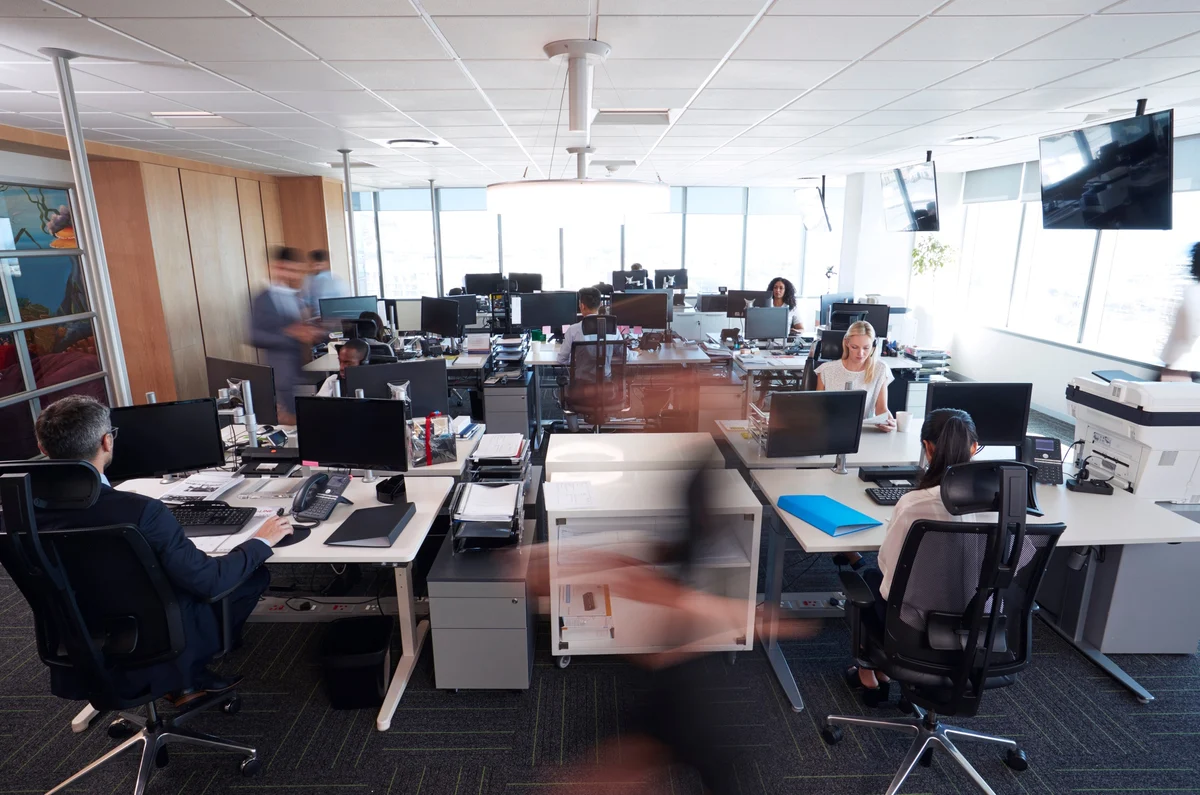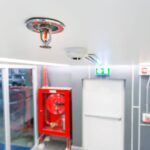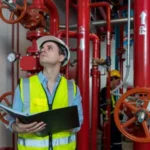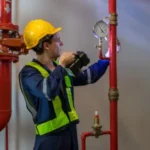Office spaces are usually considered low-risk when it comes to fire. With no open flames, limited chemical usage, and a relatively peaceful environment, fire risks are not always at the front of one’s mind. Yet, fire safety for office buildings is much more complicated than it seems.
From overloaded extension cords to improperly stored flammable materials, most of these fire dangers are concealed until it is too late. Contemporary workplaces are dominated by electronics, shared kitchens, and stacked energy needs, all of which can lead to life-threatening fire danger if overlooked.
Why Are These Hazards Usually Ignored?
The main reason so many fires are ignored is complacency. Office high-rises, especially corporate high-rises, depend on built-in safety systems. However, the finest systems are useless without proper maintenance or caution.
Staff might also receive inadequate training or merely think fire safety is “someone else’s job.” Additionally, property managers might not remain current on new compliance practices like performance based fire safety design, where subtle risk factors are tackled with customised safety systems instead of fixed universal codes.
When Are Office Fire Risks More Likely to Increase?
Fire risks are likely to elevate at particular times of the year or with changes in operations:
- Holiday periods: When temporary decorations, space heaters, and additional lighting are installed.
- Office renovations or expansions: These tend to introduce temporary wiring, construction dust, and new equipment.
- Extended work hours: After-hours equipment operation or under-manned buildings make it more difficult to detect fires.
Even off-hour work, when fewer personnel are available to notice early signs of fire or system failure, can significantly increase the danger level.
Where Are These Hazards Typically Located?
Though most think electrical rooms or kitchens are the only hazard areas, hidden fire hazards tend to pop up in unexpected locations:
- Behind desks and in common working areas
Power cords, space heaters, and knotted wires pile up here. Faulty circuits are a leading cause of fires.
- Break rooms and pantries
Microwaves, toasters, and coffee makers tend to be plugged into a single outlet, a fire waiting to happen if unattended.
- Storage areas
Poor organisation or placement of paper and cleaning chemicals too near each other enhances the fire load. To put this into perspective, industrial settings have effective warehouse fire protection systems, which provide such spaces with suppression systems, something that is usually absent in offices.
- Server and IT rooms
These are filled with heat-emitting devices. Without temperature regulation or clean air circulation, they’re a fire waiting to happen.
- Cold storage areas
Although uncommon in offices, where any refrigeration and cold chain equipment exists for medical or food products, an out-of-date cold storage sprinkler system will not function properly because of freezing problems.
Who Is Responsible for Fire Safety in Office Buildings?
Fire safety is a collective responsibility. Building owners and managers have a legal obligation to see that the building is up to local codes and is equipped with functional detection and suppression systems. Department heads and office staff have responsibilities, too.
From familiarisation with evacuation paths to reporting potential dangers such as broken wiring or obstructed exit doors, everyone has a role to play. Ongoing training and open communication maintain a culture of responsive office fire safety.
How Can Offices Minimise Their Fire Risk?
Minimising fire risk must be a multi-layered approach, one that combines education, state-of-the-art safety technology, and ongoing maintenance. Here’s how:
- Conduct Regular Inspections
Monthly visual inspections of cords, smoke detectors, and extinguishers must occur. Professional annual inspections are necessary for fire alarm and sprinkler systems.
- Implement Performance-Based Solutions
A performance-based fire safety design can provide customized responses according to building size, usage, and configuration. It is possible to enhance safety results compared to old one-size-fits-all systems.
- Upgrade Fire Suppression Equipment
Ensure that sprinklers are in working condition and fit the office layout and hazards. For instance, if your office shares storage or industrial units, see the appropriate systems, such as a warehouse fire protection system or cold environment-related measures.
- Train Staff Periodically
Fire drills, extinguisher usage, and knowing alarm responses are all practical training. Every employee must be informed of what to do, not only in theory but in practice.
- Control Electrical Hazards
Don’t daisy-chain power strips or overload the circuit. Replace frayed cables and unplug unused apparatus at night.
- Keep Exits Clear and Marked
Emergency exits must never be obstructed. Exit signs need to be lit and visible at all times.
Final Thought: Awareness is the First Line of Defence
The majority of fire incidents in office buildings are avoidable. The issue isn’t as much about putting the proper systems in place, it’s about staying vigilant, being responsible, and realising that fire safety is continuous. It’s not a box to check on a form of compliance; it’s a critical aspect of safeguarding individuals, information, and productivity.
By tackling the frequently ignored dangers and making smarter investments in training and design, your office can remain safer, smarter, and more concentrated, without waiting for a spark to uncover the gaps.
Frequently Asked Questions
Q1. What is the leading cause of office fires?
The most common cause is electrical malfunction, usually from overloaded circuits, low-quality surge protectors, or abandoned, faulty equipment running unattended.
Q2. How often should fire drills be performed in office buildings?
Fire drills should be performed at least twice a year. However, high-occupancy buildings or those with intricate floor plans may need to drill every quarter.
Q3. Can standard sprinklers provide adequate coverage for every area within an office building?
No. Server rooms, archives, and cold storage facilities might need special systems. A cold storage sprinkler system, for instance, needs to resist freezing to operate effectively in freezing temperatures.
Q4. What is the benefit of performance-based fire protection?
Performance-based fire safety design analyses the building’s layout, use, and risk profile. It provides a more personalised, adaptable strategy than generic code-based systems, which possibly will not respond to particular requirements.
Q5. What is the best way for smaller offices with limited budgets to enhance fire safety?
Begin with staff training, daily checks on fire extinguishers, and switching off equipment at the close of business. A one-time audit with a local fire consultant can also provide low-cost, high-impact information.







